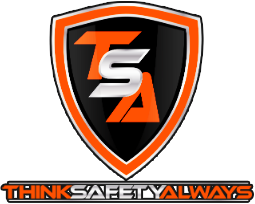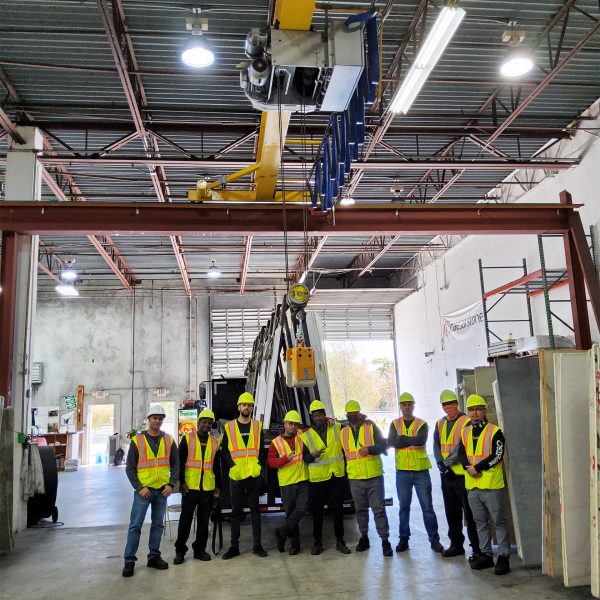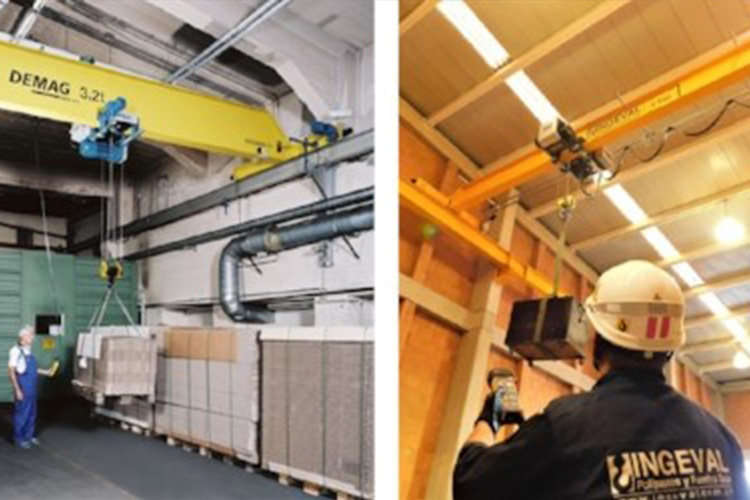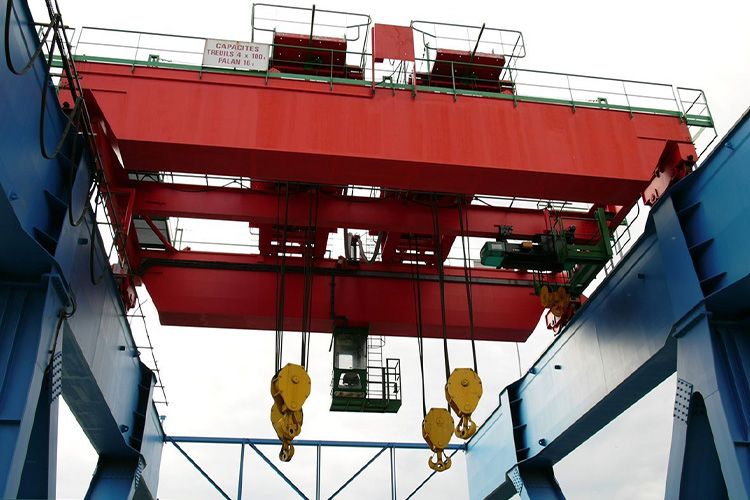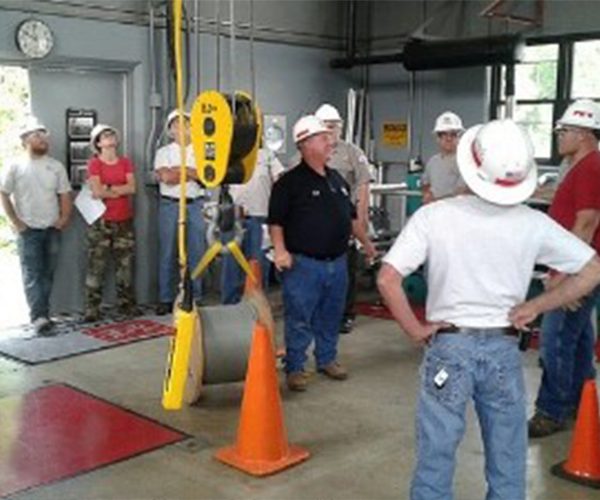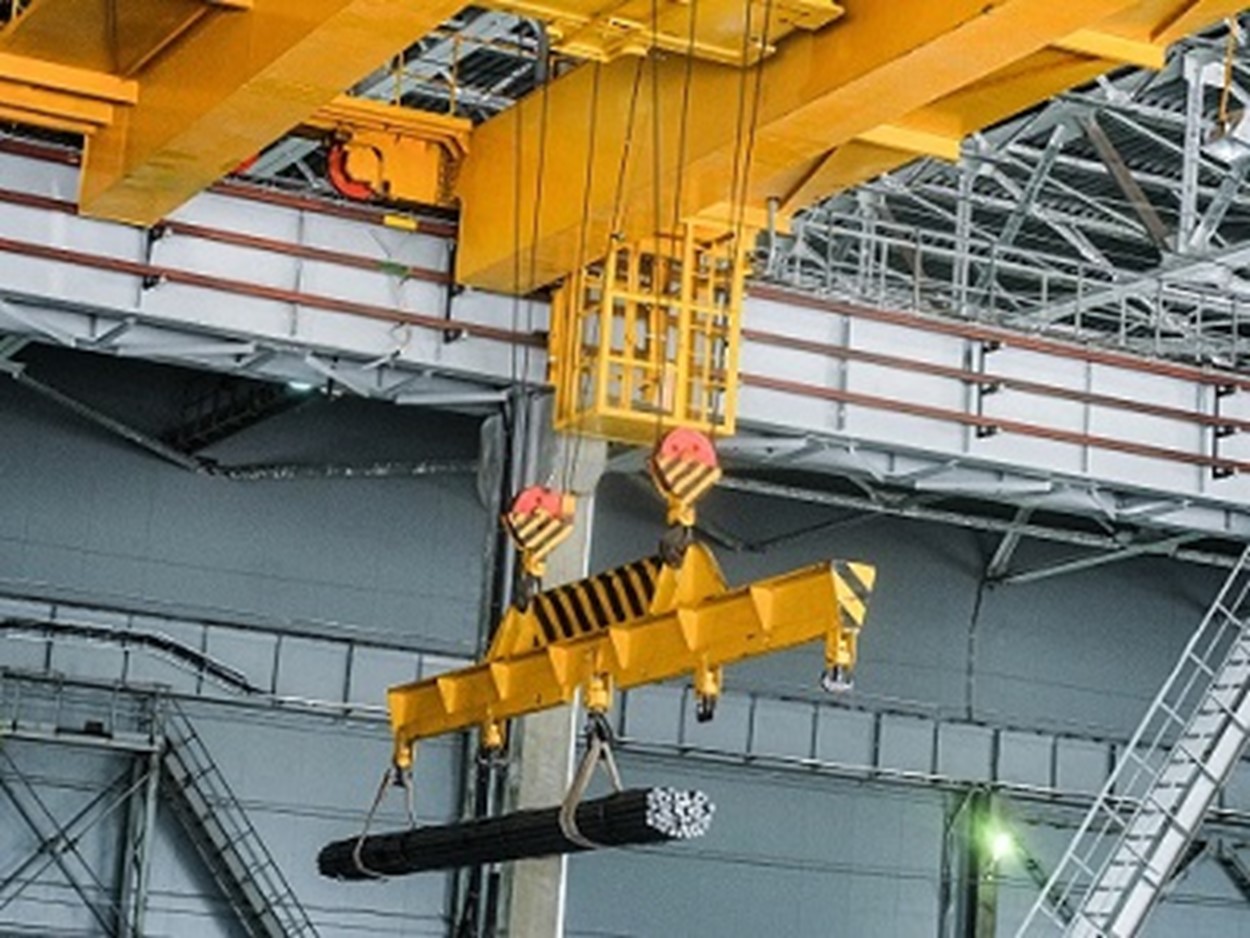Overhead cranes, including gantry cranes, are essential in many manufacturing, maintenance and industrial work environments when efficiency is required for lifting and moving heavy loads. Crane operators, riggers and employees that work near overhead cranes need to be aware of the unique hazards of these large machines.
Caught-in/Between, Struck-by/Against, Crane Overloading and Falling Materials are the most common industrial overhead crane hazards.
OSHA General Industry Standard 1910 Subpart N covers Materials Handling and Storage – Overhead and Gantry Cranes.
To ensure everyone stays safe when cranes are in operation, only trained and authorized workers should be allowed to operate any overhead crane.
Employees who work in the vicinity of the overhead crane must be trained in workplace general safety awareness to ensure all safety precautions are taken during the course of the work day to keep all workers safe.
Visitors should not be allowed near overhead cranes when they are in use.
